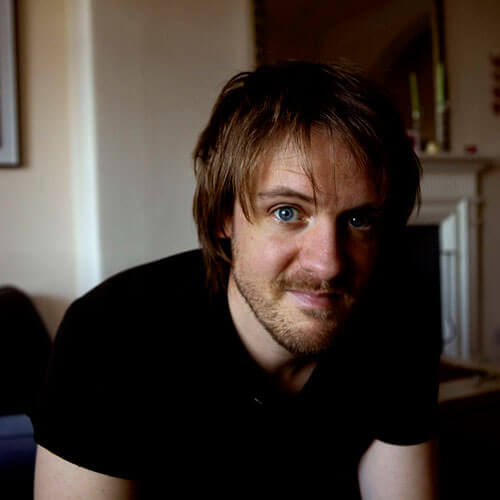Jon Tonks is a British photographer based in Bath, UK.
Born in the West Midlands in 1981, Jon Tonks studied product design before becoming a staff photographer for a local newspaper. He moved to London and undertook a Master's degre in Photojournalism & Documentary Photography at London College of Communication. and it was during his studies that he undertook a trip to Ascension Island, which would be the starting point for the Empire project.
Since 2007, Jon has been undertaking commissions and working on a long-term project voyaging to remote British Overseas Territories in the South Atlantic Ocean, the result of which is his first book, Empire, published by Dewi Lewis (2013).
Clients include The Sunday Times Magazine, Guardian Weekend Magazine, Financial Times Magazine, Monocle, Nokia, Saturday Telegraph Magazine, and TIME.
Jon was awarded the Magenta Flash Forward award in 2012, and has been shortlisted for the Terry O'Neill Award, Taylor Wessing National Portrait Prize and Foto8 Summershow.
Source: James Hyman Gallery
